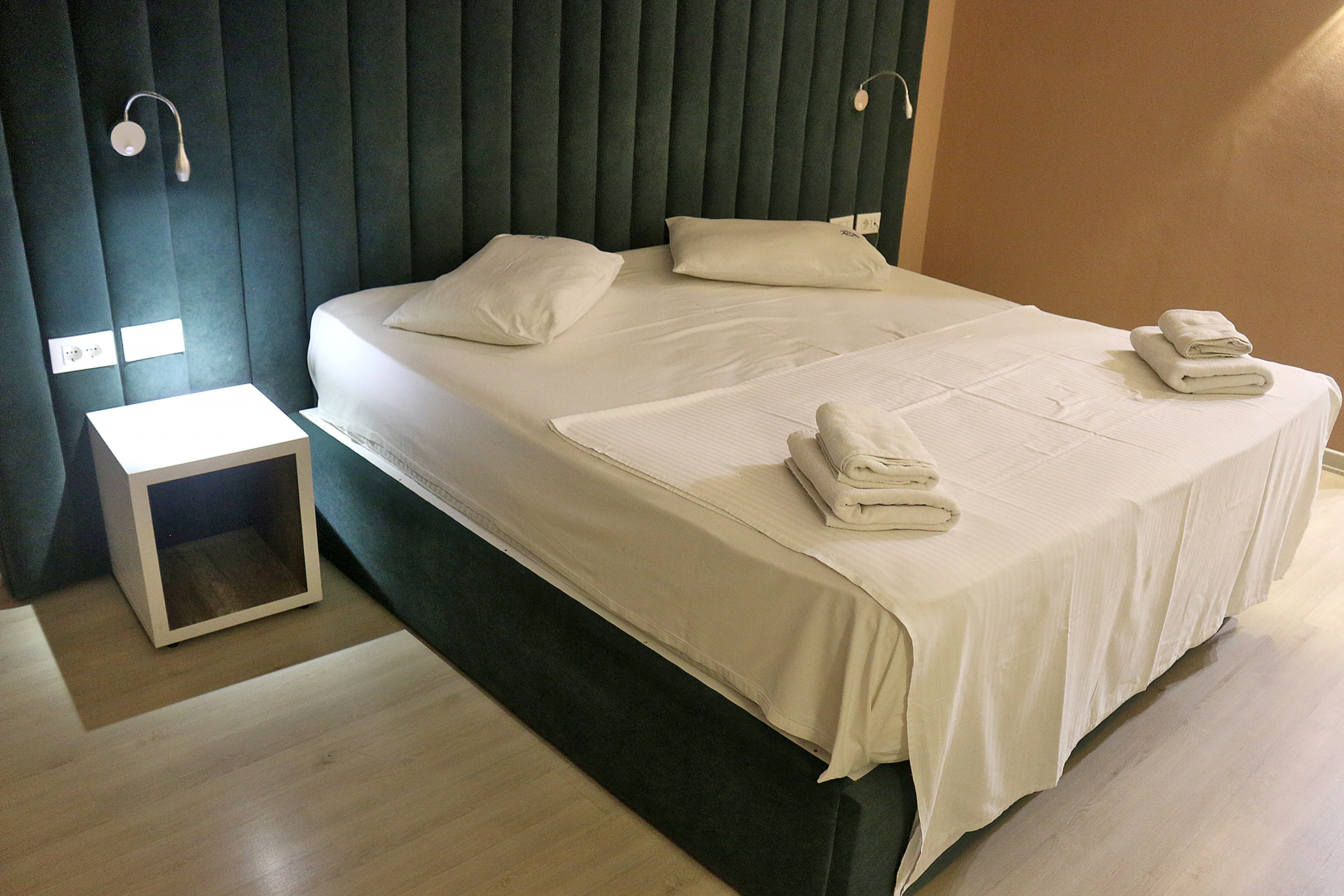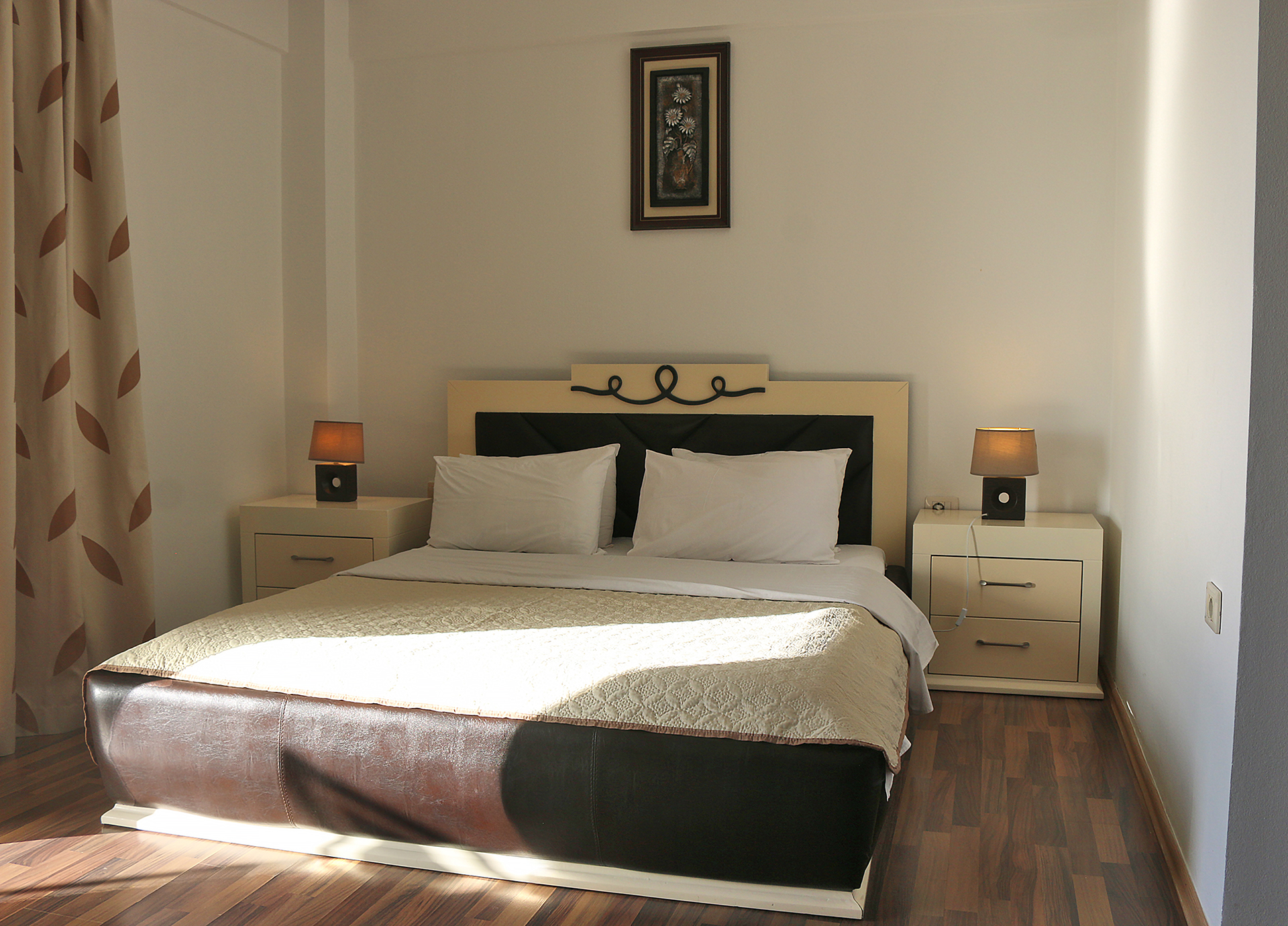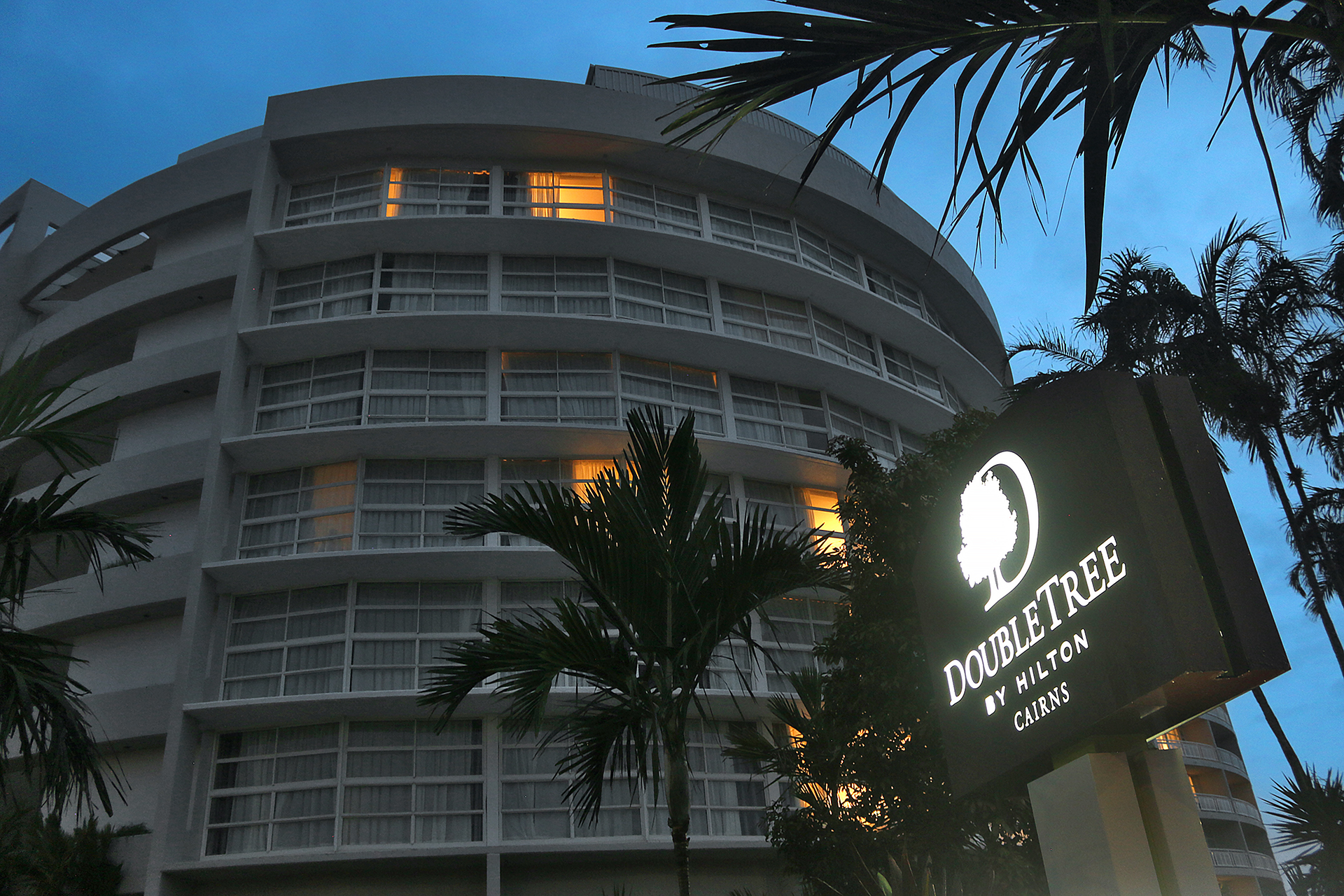Note: This article pertaining to What is a Conversion Brand — and Why You Might Want to Avoid It was originally published on Monday, November 9, 2015 at 11:59 in the evening and has been updated.
As the landscape of the lodging industry is becoming awash with dozens of brands, you might ask yourself “what is a conversion brand” — and why you might want to avoid it.
What is a Conversion Brand — and Why You Might Want to Avoid It
A conversion brand is a concept with which owners of existing hotel properties are convinced to switch from one brand to another as a way of the parent lodging company to expand its footprint rather than the costly and time-consuming alternative of constructing a hotel property from the ground up. Brands that are focused on conversions also offer owners of hotel properties greater flexibility in terms of conforming their existing properties to the standards of a brand; while they offer multinational lodging companies the ability to drive growth with greater efficiency.
With hotel supply growth at fewer than one percent, repurposing existing buildings — such as existing hotel properties, offices, and even residential — offers a significantly faster path-to-market than new construction at a lower cost.
Example: Why Was Delta Hotels and Resorts Introduced Into the United States?

The acquisition of Delta Hotels and Resorts by Marriott International, Incorporated for $168 million in Canadian dollars — or approximately $135 million in United States dollars — was announced back in January of 2015 to “propel Marriott to a leading position in Canada.” The acquisition was subsequently completed in April of 2015. The first Delta Hotels and Resorts branded property in the United States opened in December of 2014 as the Delta Orlando Lake Buena Vista and operated under a franchise agreement by JHM Hotels.
A resort-style swimming pool complete with a splash zone for kids and pirate ship, an activity room for children, fitness center, complimentary Wi-Fi access to the Internet, parking on site, and a restaurant and bar are featured at the resort property — which has 241 rooms; and it offers transportation to and from local attractions — including all of the theme parks at Walt Disney World.
I looked over the official press release from Marriott regarding the announcement; and I could not figure out why Marriott is introducing Delta Hotels and Resorts into the United States. Is it because the “brand brings a rich history and an exciting range of properties to the Marriott portfolio and currently consists of 37 hotels and nearly 10,000 rooms”? Is “welcoming even more guests to the Delta experience” unique in some manner? Is it because it “offers a fresh approach to the guest experience, including intuitive designs and technology for both modern business and leisure travelers” that none of the other 18 brands in its portfolio are able to offer or provide? What is so different about the Delta Hotels and Resorts brand, anyway — other than that is is Canadian?
The official description of Delta Hotels and Resorts is that “Guests can discover the Delta difference with the brand’s 37 properties located across Canada. Delta properties offer comfortably familiar rooms, free Wi-Fi and convenient dining.”
I can understand wanting to keep the Delta name in Canada, where it is an established brand; but why introduce it into the United States — a country where one of the largest commercial airlines in the world which also has the Delta name is based? “Will that not cause confusion?” is what I asked exactly ten years ago on Monday, November 19, 2015.
People who represent Delta Air Lines apparently wondered the same thought, as the airline is currently suing Marriott International, Incorporated with regard to the name and branding of Delta Hotels.
The supposed answer is that the Delta Hotels and Resorts brand was being positioned to compete with the DoubleTree brand by Hilton as a conversion brand. Like the DoubleTree brand, the Delta Hotels and Resorts brand will offer greater flexibility and lower costs in terms of property improvements to stay in the brand system, according to the aforementioned article, which suggests that the conversion market is rather lucrative.
Conversion Brands Have Been Gaining Steam

More hotel properties have opened under conversion brands in recent years — primarily because the expense, effort, and time to open is minimal versus constructing a brand new building.
Conversion brands are not assigned to a single level of hotel experience. For example — in addition to DoubleTree by Hilton, which is considered a premium experience brand of Hilton — the first Spark by Hilton hotel property was opened in September of 2023. Spark by Hilton is as close to a pure conversion brand which presents the opportunity of owners of lower-end hotel properties to convert to the minimum standards of a brand by Hilton.
Also in 2023, City Express by Marriott — which was originally a lodging brand in Mexico before its acquisition by Marriott International, Incorporated — became a lower-end conversion brand for the multinational lodging company.
InterContinental Hotels and Resorts added a lower-end conversion brand called Garner by IHG — also in 2023 — which presents the opportunity of owners of lower-end hotel properties to convert to the minimum standards of a brand by IHG Hotels & Resorts.
If you spotted a trend here, you would be correct: in 2023, approximately 40 percent of newly-branded hotel rooms were from conversions — which had increased from as much as 20 percent in 2022.
Why You Might Want to Avoid Staying at a Hotel Property of a Conversion Brand

Because the standards of conversion brands are apparently more relaxed than other brands in the portfolios of multinational lodging companies, expect some hotel properties of that brand to have a similar inconsistent and dated — perhaps even dreary — ambiance and feel to them; and that seem to be a sad thing to do to an established brand of hotels in Canada. Of course, not all hotel properties of conversion brands will feel that way, as some of them will feel just as modern and fresh as similar hotel properties under other brands. The results of the experience of hotel properties of conversion brands seem to depend more on the owner than the lodging company itself — as long as the basic brand requirements have been met.
If you prefer consistency and want to stay in a more modern hotel with more amenities and improved service, you may want to avoid hotel properties that are in the portfolios of conversion brands; and you may not save a significant enough amount of money staying in a conversion brand versus other brand concepts. This is a general statement which may vary from hotel property to hotel property; so do your research first before arriving at a final decision as to where to stay if you indeed have a choice.
To summarize why you might want to avoid staying at a hotel property of a conversion brand:
- The experience of the brand may vary by location. Do not expect consistency between hotel properties of a conversion brand, as the experiences could be significantly different as dependent on the owners of the hotel properties — as long as they adhere to the required minimum standards of the brand itself.
- Limited amenities may be available. Breakfast may be limited; the lobby may be economized, and the room itself may include few amenities.
- Reduced benefits of membership programs. Fewer points of a membership program may be earned with each stay; and achieving elite status for next year by staying at hotel properties of a conversion brand could be longer and more difficult — or may not be possible altogether.
- Suitability of conversion. Not all buildings result in successful conversions: the elevators may not meet the demands of guests; parking may be limited; or the layout of the property itself may be outdated.
- Concerns of the dilution of the brand. Expectations of higher standards that are associated with Hilton, InterContinental Hotels Group, or Marriott may not be met and could result in disappointment of both guests and owners, as staying at a:
- Spark by Hilton may not feel quite like staying at a Hilton hotel property
- Garner by IHG may not feel quite like staying at a IHG Hotels & Resorts hotel property
- City Express by Marriott may not feel quite like staying at a Marriott hotel property
Final Boarding Call

I have offered an argument which could support the assertion that Marriott International, Incorporated is growing too fast. Even though it is to give the perception that the brands are different hotel properties which can compete at the same location despite being owned by the same parent company, I believe that 36 brands are simply too many…
I have stayed at hotels in the portfolio of brands of Hilton and generally enjoy doing so; but the DoubleTree brand always had this inconsistent feel to me from hotel property to hotel property. It almost felt like a brand which was lost — as though it were the “stepchild” brand of Hilton. I remember some years ago being upgraded to a presidential suite at a DoubleTree hotel property at no extra charge at an industrial town in Pennsylvania; and I remember that despite it being quite spacious, it still felt dreary and old. I also think I know why the Hilton Fort Lee hotel property in New Jersey became the DoubleTree by Hilton Hotel Fort Lee – George Washington Bridge some years ago: because the owner probably did not want to upgrade the hotel property to the standards set forth by the Hilton brand; so the property could remain as is while saving the owner money without having to leave the Hilton brand portfolio.
Staying at hotel properties of a conversion brand does not bother me if all I need is a reasonably comfortable place to sleep — but some of them do tend to be disappointing; while others met basic expectations.
All photographs ©2017, ©2022, and ©2024 by Brian Cohen.

